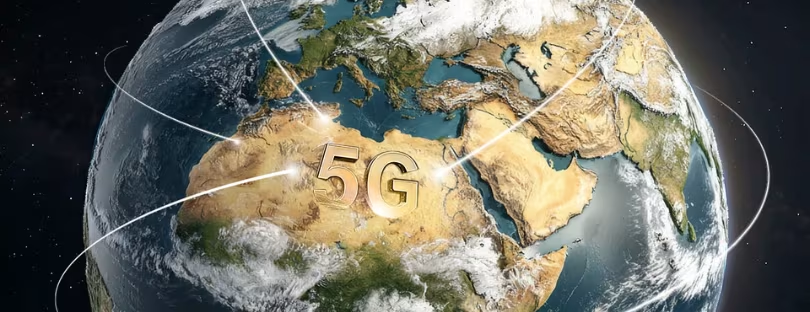
Global 5G Tariff Tracker
Global 5G Tariff Tracker provides an insight into 5G pricing adopted by over 100 providers across the globe.
The 5th edition of the 5G Tariff Tracker covers pricing for 46 countries and over 100 operators across the globe.
Some of the highlights reveal that:
The introduction of 5G as a mass market product: Although the majority of MNOs use 5G as a premium product, selected MNOs are now introducing smaller bundles of mobile data allowances (as low as 1 GB) as an entry-level product. In Singapore, Singtel provides 5G as standard for its XO plans, except for the entry-level product (where 5G is an SGD $15 extra cost option). In the Philippines Globe Telecom has introduced a 5G Pre Pay product.
The emergence of 5G Broadband as an alternative to fixed Broadband: Selected MNOs worldwide are now launching their own FWA (Fixed Wireless Access) product with various download speeds – ranging from 50 Mbps upwards – as an alternative to fixed line broadband services typically connecting up to 7 devices. New FWA services have been introduced over the period by Claro (Peru), Telenor (Sweden) & Ooredoo (Maldives).
The integration of 5G and 4G service plans: Typically, 5G plans are being integrated with existing 4G plans with 5G plans being offered as a premium plan above 4G LTE speeds. But the number of plans being offered is growing, as MNOs introduce 5G at lower price points – with O2 Telefonica (Germany) for example introducing 5G for plans of Euro €39.99 per month and above.
Some MNOs are introducing specific 5 G-related plans
With the launch of 5G selected MNOs are introducing their own plans. For example, Orange (France) has introduced separate 5G plans with a premium mobile data allowance of 70 GB per month and above. But the majority of MNOs are integrating 5G access with their existing 4G LTE plans.
5G as an Add On option is also available: Selected MNOs are introducing an add on option to existing clients – with T-Mobile (Netherlands) charging an additional Euro €2 per month for SIM-Only plans and Vodafone (New Zealand) proposing to charge an additional NZD $10 per month (from the end of June 2021) for 5G access.
5G services are still at an emergent stage, with network coverage, the availability and the purchase cost of handsets acting as barriers to mass market deployment. The deployment of 5G already has been surprisingly widespread when compared with the early stage of 4G LTE.
In 2021, 5G is soon poised to enter the mainstream as more MNOs offer lower-cost entry-level packages and the availability of lower-cost 5G smartphones starts to improve later in 2020. These two trends have the potential to make 5G the transformative technology of the year.
The “Global 5G Tariff Tracker Q1 2021 Edition” report has been added to ResearchAndMarkets.com’s offering.









